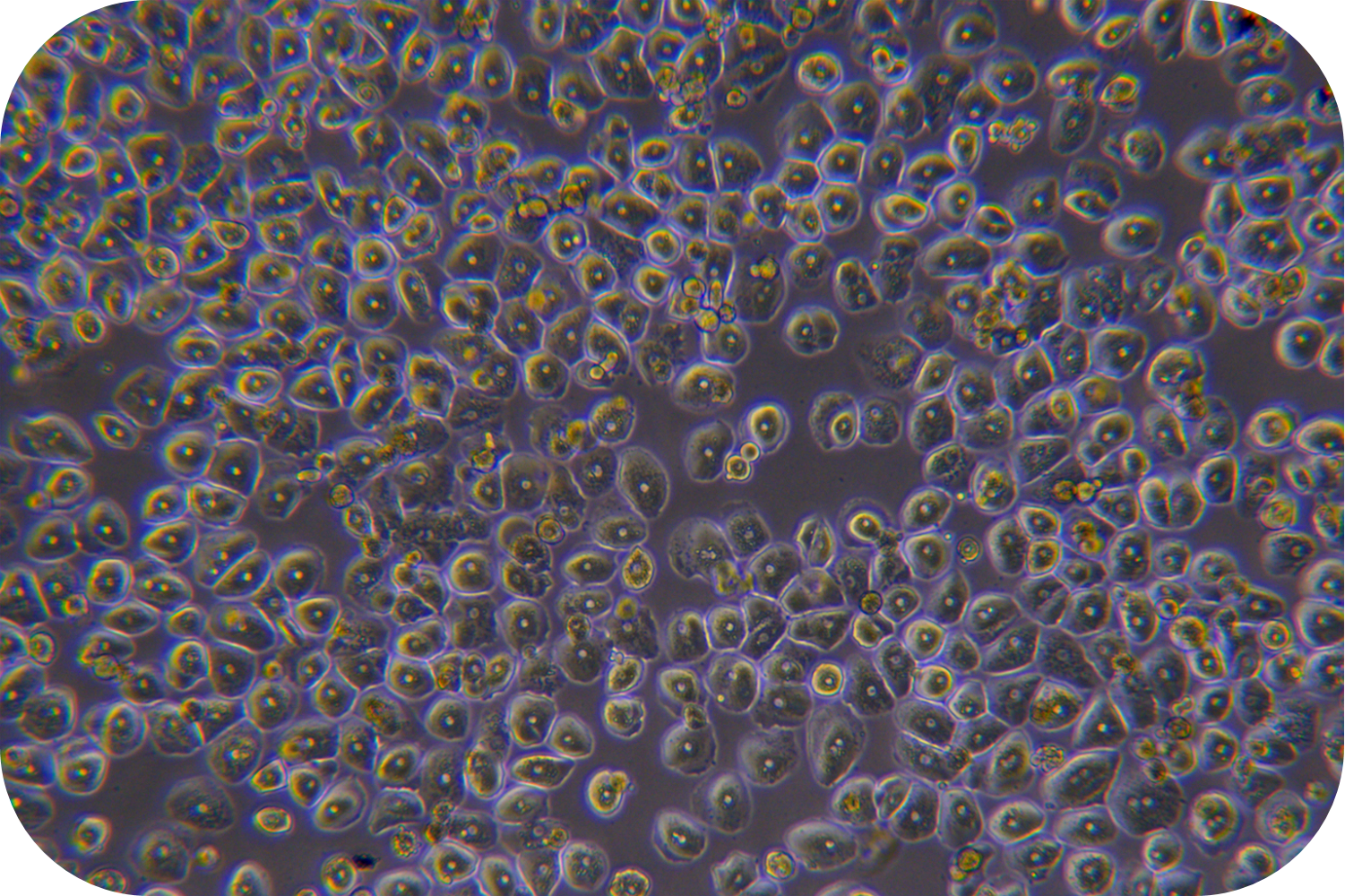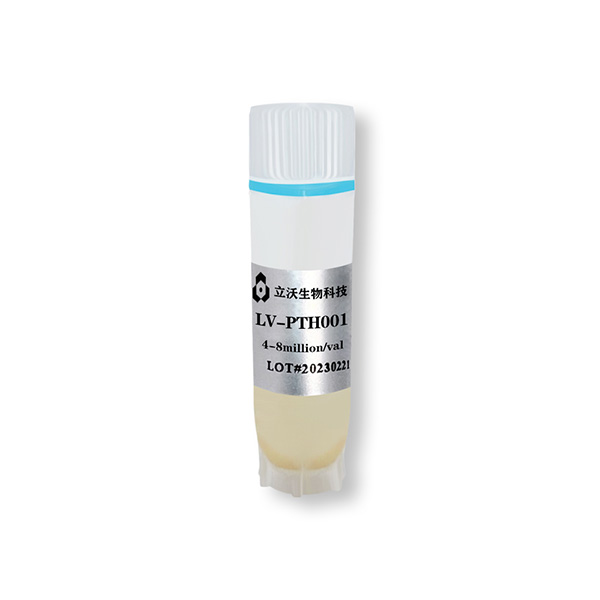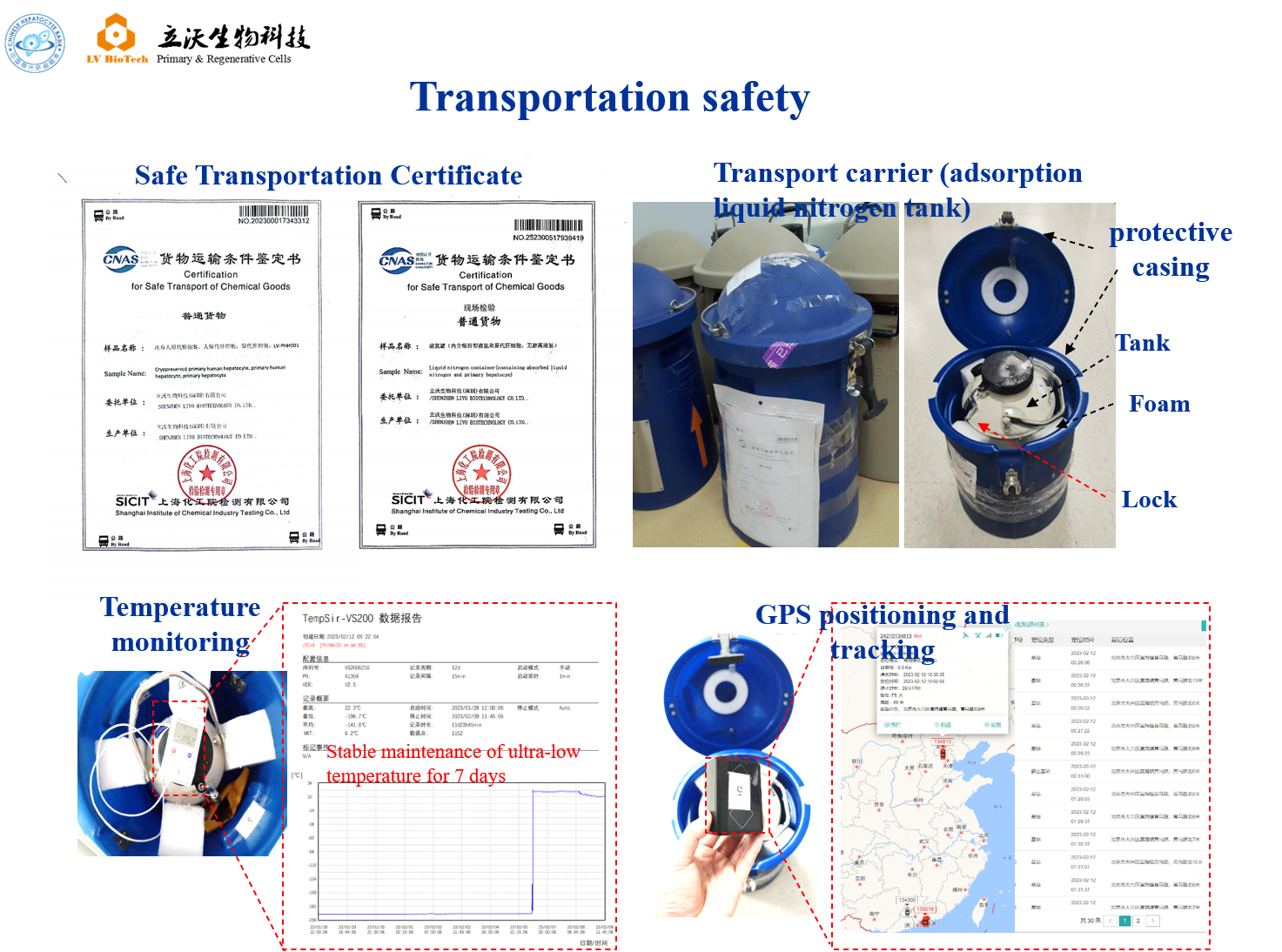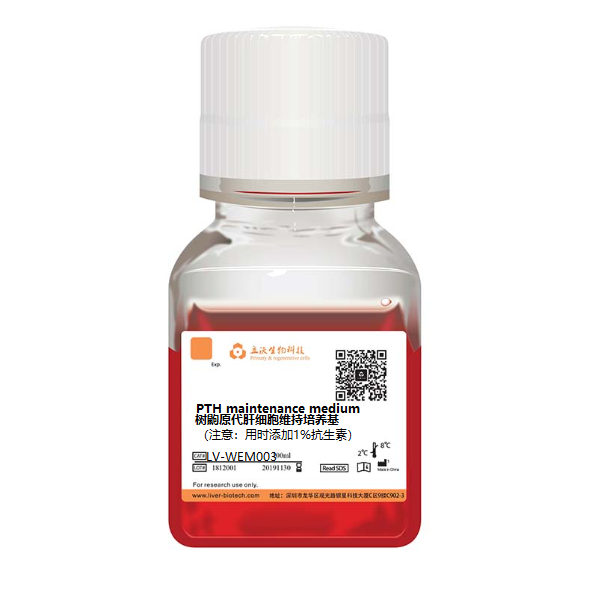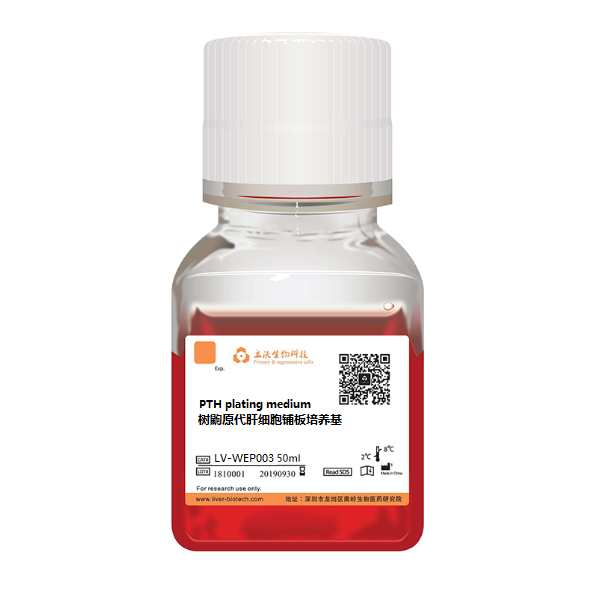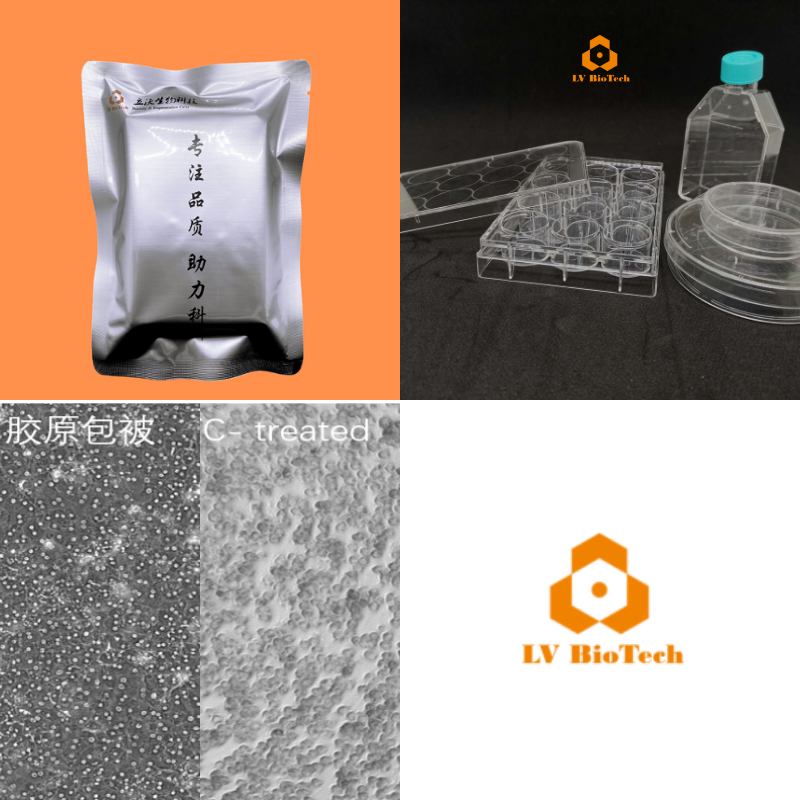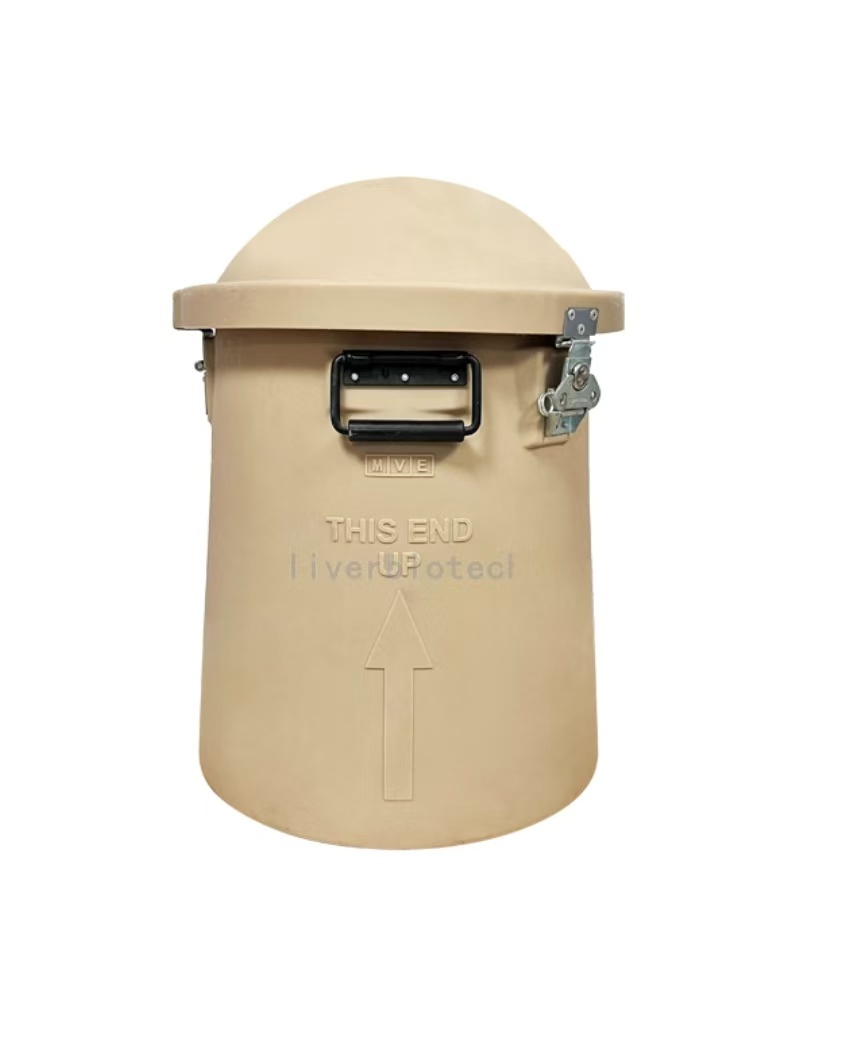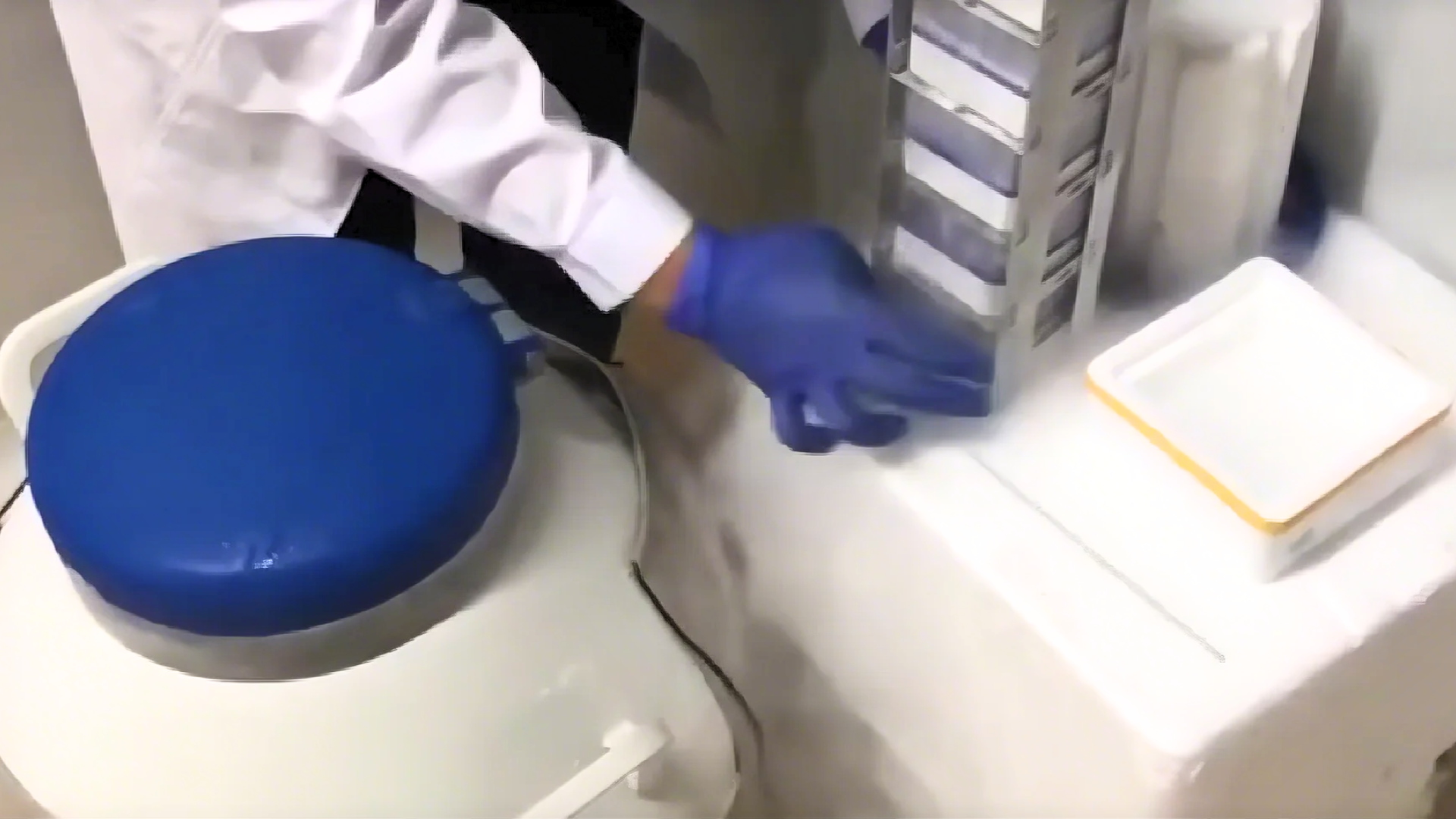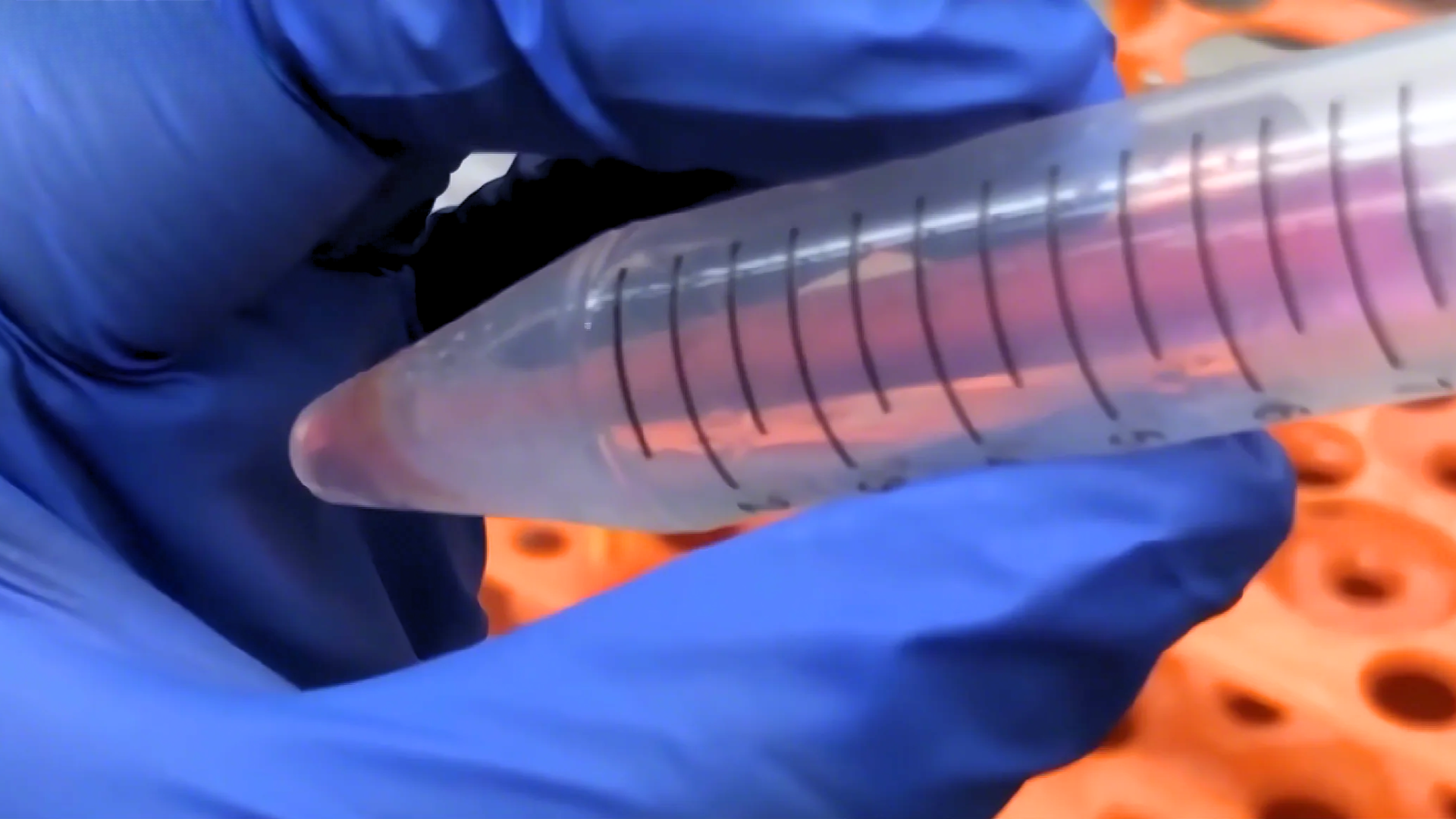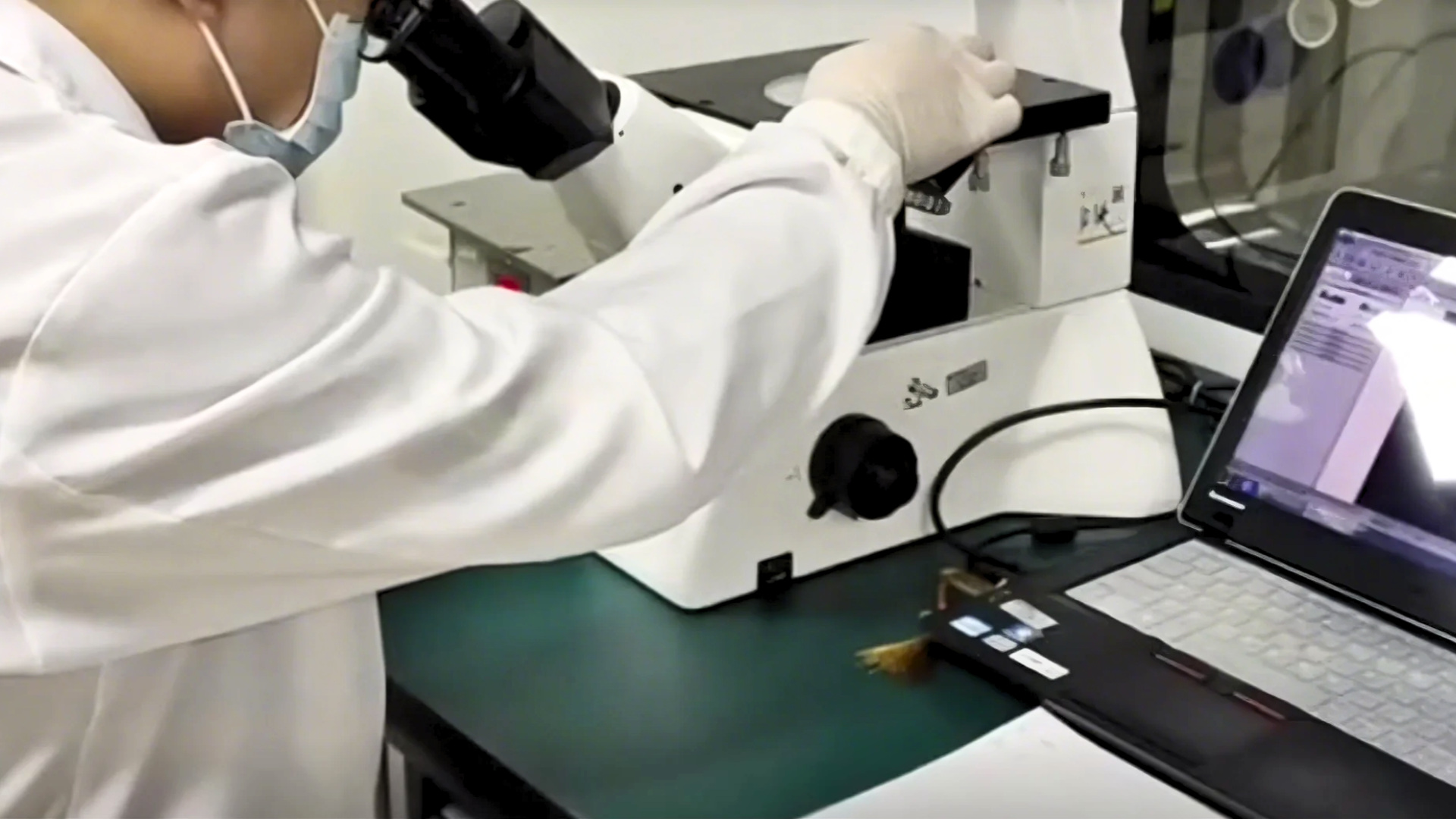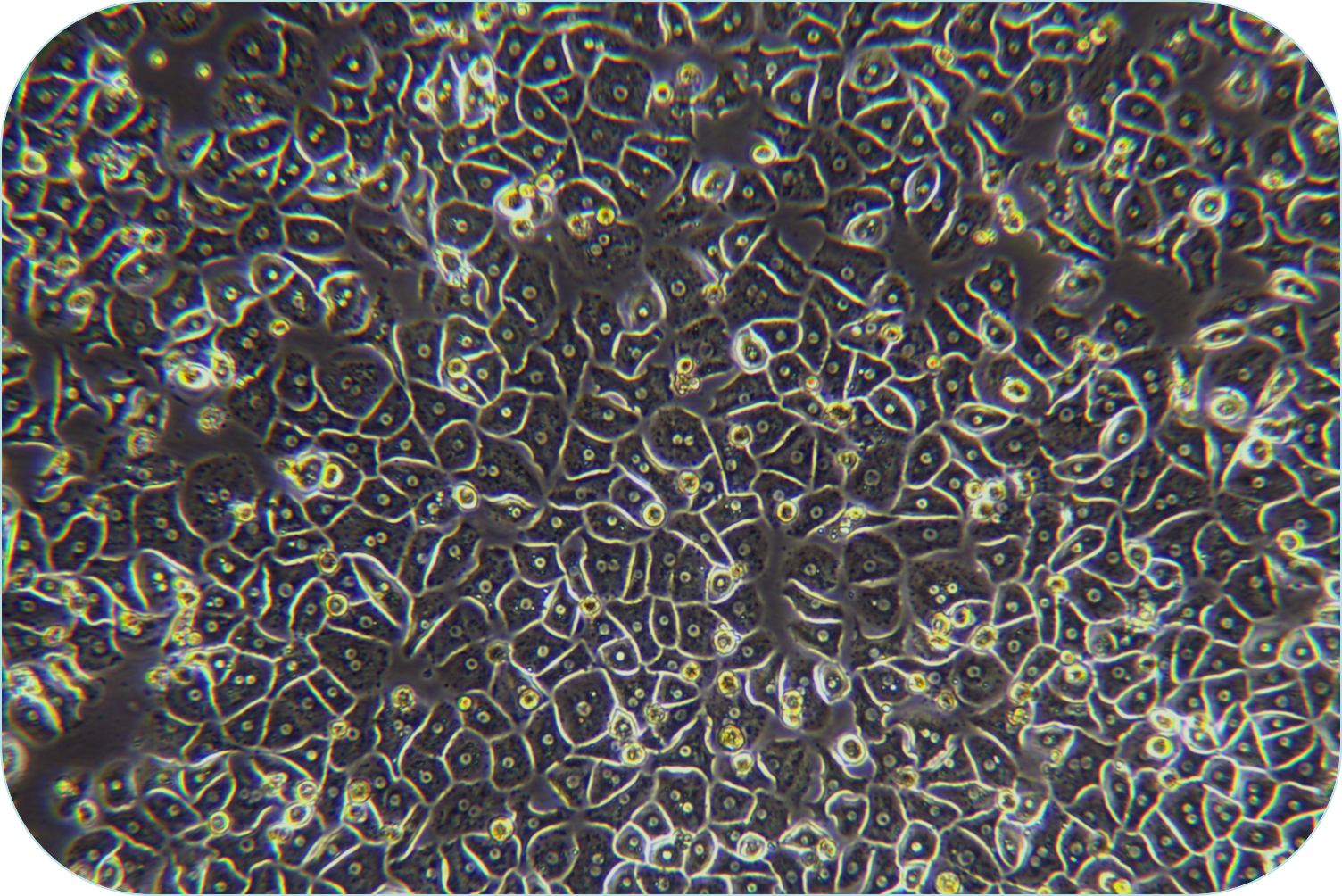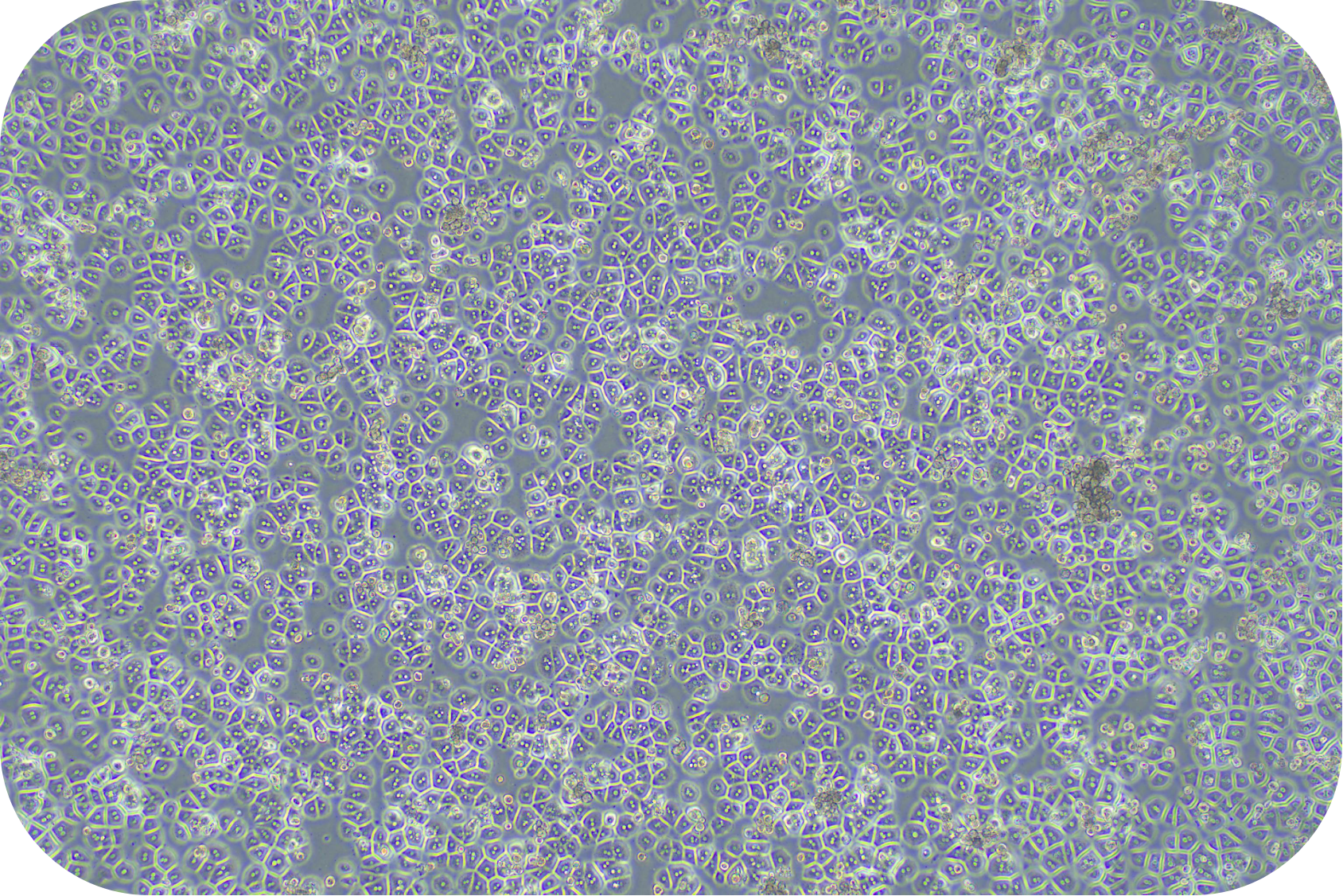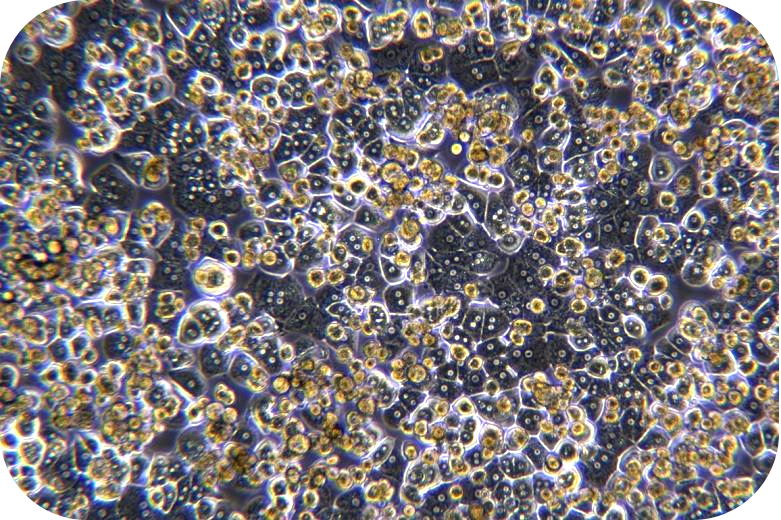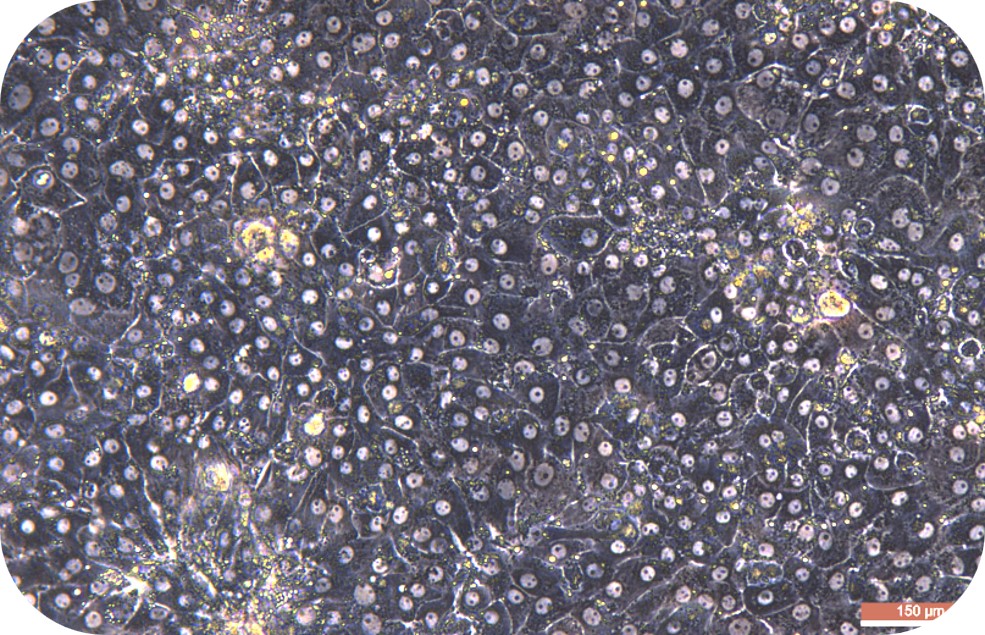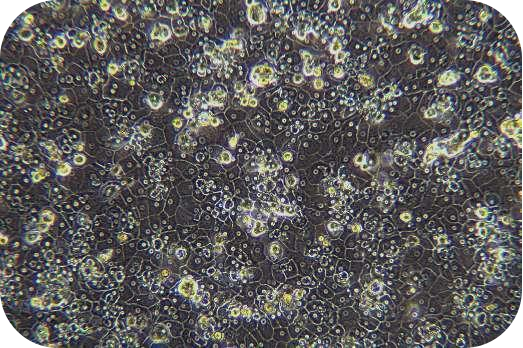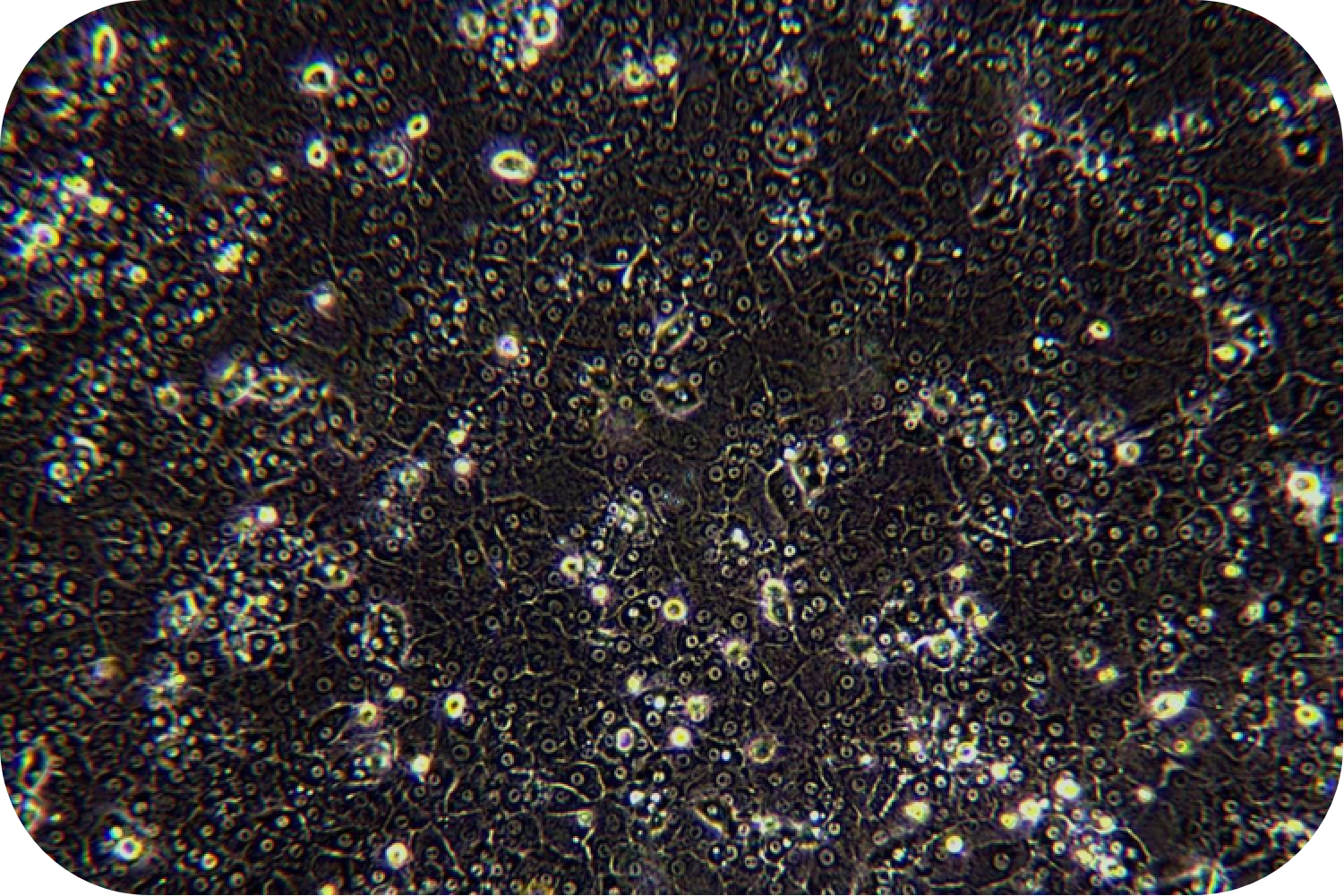Transport Mode
Liquid Nitrogen Transportation
1、Adsorptive Liquid Nitrogen Transportation ,No free liquid nitrogen ,White vapor emission indicates normal operation.
2、Temperature monitoring devices should closely monitor the temperature inside the tank during transportation. If any abnormalities are detected, you can copy the PDF and Excel data from the temperature recorder. (One end of the temperature monitoring device can be unplugged to reveal a USB connector. Simply insert it into a computer to copy the data. If you encounter any difficulties, you can contact the sales staff and technical support for assistance.)
3、Alloy Combination Lock Designed to ensure no third-party access to the LN₂ tank or cell samples during transportation from dispatch to receipt, thereby safeguarding cell integrity.
4、GPS Tracker Enables real-time tracking of cell transportation routes to prevent loss.
5、Liquid Nitrogen Tank, temperature monitoring device, alloy combination lock, and GPS tracker are returnable components. Please store them properly and avoid damage; failure to comply will result in blacklisting.
Reference Citation
pass over.
Scope of Application
1、Basic Liver Research Encompassing fundamental studies on liver diseases, viral infections, and gene expression regulation.
2、Drug Development: Encompassing studies on drug efficacy, toxicity, metabolism, and drug-drug interactions.
Gene Manipulation Methods
1. Lentivirus, MOI=30-50 can reach close to 100% infection efficiency, need to test in advance;
2, AAV, MOI=10^5 can reach more than 80% infection efficiency, need to be tested in advance;
3, ASGPR-GalNac free uptake, small nucleic acids need to modify GalNac in advance, can achieve more than 80% delivery efficiency;
4, Lipo2000/3000 is not recommended, high toxicity and low efficiency of primary hepatocyte transfection, unless it has been tested without problems.
Due to biannual updates of our product instruction manual, the following procedures are for reference only.
The most recent version included with the product shall prevail.
II Reagents and Materials
- Cryopreserved primary tupaia hepatocytes(Cat# LV-PTH001)
- Recovery medium (Cat# LV-WEP001R)
- Sustaining medium (Cat# LV-WEM003)
- Collagen-coated plate (Cat# LV-Coated)
- Sterile 15 ml centrifuge tube
- Wide-mouth pipette tip (ordinary one cut 1-2mm and sterilized)
- Centrifuge
- Pipette
- Thermostat water bath
- Biosafety cabinet
- 37 °C/5% CO2 Incubator
III Cell Resuscitation and Plating
1. In the biosafety cabinet, take 10 ml of recovery medium and put it into a 15 ml centrifuge tube. Preheat it in a thermostat water bath of 38℃ for 20 min.
2. Place the preheated recovery medium in a biosafety cabinet. Quickly transfer the frozen hepatocytes from the refrigerated position to a thermostat water bath of 38℃, and immerse them in as much water as possible at 38 °C. Shake it clockwise and horizontally, but make sure that the cap of the freezing tube is kept above the water.
3. Thaw the freezing tube for about 90-120s, until only a small amount of crushed ice floats in it.
4. Sterilize the freezing tube with 75% alcohol and transfer it to a biosafety cabinet.
5. Aspirate the cells with a wide-mouth pipette tip and transfer them by dropwise to a centrifuge tube containing the preheated recovery medium. (Note: there are more cells left on the freezing tube and the pipette tip, aspirate 1 ml of recovery medium to clean the them. Then, mix them into the medium of the centrifuge tube). Slightly turn the tube upside down to mix well.
6. The survival rate and total amount of hepatocytes can be measured by trypan blue exclusion. It is recommended to detect 3 times and then take the average.
7. Inoculate live hepatocytes to collagen-coated plate at a density of 1.5-2×105cells/cm2. Shake the plate well and incubate in a CO2 incubator of 37℃/5%. (Theoretically, the cell confluency can reach more than 80% after 6 h.)
IV The Maintenance of Hepatocyte and Infection of Hepatitis B Virus
1. After 6 h of adherent culture, the cells have been adhered. Remove the recovery medium (including some dead cells), and add the sustaining medium. Change the solution every 2 days (Note: Do not use PBS to wash the cells).
2. Preparation of infection culture: HBV virus should be pre-added to the sustaining medium (HepAD38 MOI = 500~1000, purified patient serum MOI=100~500. Higher MOI may further improve infection efficiency).
3. Remove the old culture medium and add the infected culture medium. Then incubate in a CO2 incubator of 37 °C/5% for 16 h or overnight.
4. Remove the infected culture medium. Wash the plate 3 times with PBS. Then, add sustaining medium into the plate and incubate it in a 37 °C/5% CO2 incubator.
5. After HBV infection, the supernatant is collected once every 2 days for detection of viral antigen and HBV DNA. Collect supernatants of 3dpi, 5dpi, 7dpi, where 7dpi can terminate cell culture. Longer incubation time depends on cell state (dpi: number of days of culturing after infection).
Post-Thaw Cells Must Not Undergo Refreezing.
VI Customer Service
If you find any quality problems with the product, please collect the original data and contact the company's salesmen or technical support at the first time. The company ensure after-sales service. Every laboratory has different conditions, different operating habits, different proficiency, and objective factors in experimental failure. If the operation is not strictly in accordance with the instructions or exceeds the time limit of after-sales, the company does not do after-sales. Please understand and support us.
Validity period and raw data provided:
Resuscitation problems: Within 24 hours of resuscitation, trypan blue staining or PI staining should be provided.
Pollution problems: Within 96 hours of resuscitation, microscope photographs of differences should be provided.
Purity issues: Within one month, immunofluorescence or flow cytometry results should be provided.
VII Contact Number
Tel:0755-28284050
Technical Support: 19902901483 (Dr. Zhou)





